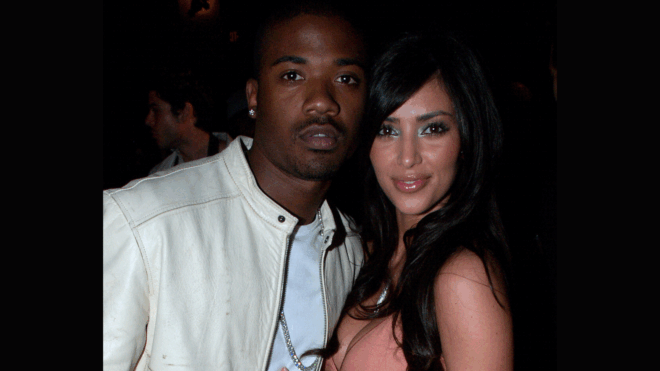
In 2020, David Vincent Kimel paid $15,000 for an original shooting script for Gone With the Wind. The 1939 film has been controversial throughout the decades since its release, and streaming service HBO Max has added a new disclaimer to the beginning of the film that notes it "denies the horrors of slavery, as well as its legacies of racial inequality."
Now David has revealed that there were a number of scenes written that never made it to the final version of the movie, and it appears that many writers on the film wanted to more accurately portray the realities of the system of enslavement.
He notes that the script was authenticated and admits to harboring his own obsession with all things related to the movie. David also shares that the script he purchased was a so-called "rainbow script," which was "named for the multi-color pages inserted to reflect the famously obsessive producer’s revisions, which continued to pour in even until the final days of the production."
The script also contains photographs from some of the scenes, which implies they were shot but not included in the final film.
More importantly, he writes that people who worked on the movie were well aware of the way the film romanticized enslavement in the United States — and that some of the writers fought hard against this.
He writes, "Remarkably, much of the excised material in my Rainbow Script was a harsh portrayal of the mistreatment of the enslaved workers on Scarlett's plantation, including references to beatings, threats to throw 'Mammy' out of the plantation for not working hard enough, and other depictions of physical and emotional violence."
Allegations that the movie romanticized enslavement go back to the actual filming of the movie itself. Harlem Councilman Ben Davis wrote that the film was nothing more than "dangerous poison covered with sugar," and political leader William L. Patterson added that the movie was "a weapon of terror against black America."
David notes that the screenplay was ultimately worked on by more than a dozen editors and writers, so he headed to the Harry Ransom Center to see what he could uncover in its archives.
There, he says, "I found exhaustive character studies that provided the kind of background information about the enslaved characters that film historians like Donald Bogle have pointed out is sorely lacking in the final production; for example, in answer to his rhetorical question about where Mammy slept, the Ransom archives explain that in her youth, she was 'raised in Ole Miss’ bedroom, sleeping at a pallet on the foot of the bed.'"
Producer David Selznick had a number of conversations with NAACP Executive Secretary Walter White, and he wrote that as a Jew he had "no desire" to produce a movie that was anti-Black in any way. But there were complaints from organizations such as the Daughters of the Confederacy and the Sons of Union Veterans of the Civil War to contend with as well.
There is plenty to pore over in David Kimel's piece. Ultimately, he draws the line at feeling too bad for producer David Selznick, writing, "On the subject of slavery, it seems, David O. Selznick’s heart was with the Romantics."




